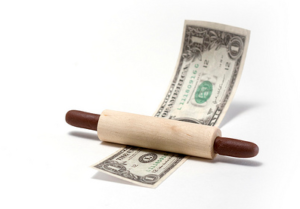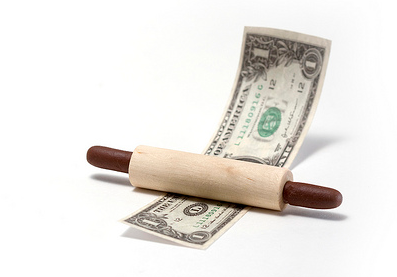 In Australia where places can be quite far from one another, it’s almost unthinkable not to own a car. Many people nowadays view the car not just as a gadget of convenience but a necessity especially if you live far from where you work, or if arriving at your destination on time all the time is a must which is true for many professionals.
In Australia where places can be quite far from one another, it’s almost unthinkable not to own a car. Many people nowadays view the car not just as a gadget of convenience but a necessity especially if you live far from where you work, or if arriving at your destination on time all the time is a must which is true for many professionals.
Despite the car’s growing significance in the lifestyles of many, it often does not get its necessary portion of the household or individual budget. Oftentimes, people will prioritize other things over getting a car and it ends up a far-off dream or a source of problems.
If you have been one of these people, it’s time to stop wishing and start driving. Even on a tight budget, it is possible to get the car you’ve always wanted and needed, while not getting caught up in a web of debt.
Start Your Engines
But before you go marching straight into a dealership, you must first be fully prepared. This means you need to do your research and shop around for the best deals in terms of car prices and financing options.
- Picking the right price
If your budget is tight then you definitely cannot afford to choose a Rolls Royce or a Ferrari, so stay realistic. You have plenty of other good options here, and the first is choosing between buying from a dealership or a private seller.
When you buy from a dealership, chances are you’ll be getting the retail price, which is much bigger than the wholesale price or trade-in value. If you buy from a private seller, you’ll probably get a lower price, but not as many benefits as buying from a dealership.
The price of a car can also vary depending on different factors including age, condition, mileage, optional equipment, and even the place where it’s sold. The asking prices can also be different from the actual price that you pay.
To get the best deal on the car you want, make sure to compare the prices of cars with similar features. You can do this by hopping from one seller to another, checking classifieds or dealer ads, or going online and checking car selling sites. Knowing the prices of different sellers can give you the upper hand when it comes to negotiating prices and making sure that whatever you pick comes at a price you can manage.
- Picking the right financing option
Just as important as shopping for the right price is shopping for the right auto loan. Having an auto loan even before you step into a dealership gives you bargaining power, so it’s best to have one before you even start your search for a car. There are several places where you can get one, such as:
a. Banks. Banks are the most convenient place to get a car loan as you probably are affiliated with one already. They offer really competitive loan rates but have very specific, conservative loan policies. They will only cater to those with good credit standing, so if you have bad credit, you might as well forget the bank.
b. Credit Unions. Credit Unions are not for profit so their lending rates will be quite competitive. However, you’ll have to be a member of the union for a period of time first, and depending on the union there may be other conditions necessary before you can apply for a loan.
c. Dealers/Manufacturers. Dealers and auto manufacturers can also finance your car but this can often cost you more, despite whatever prices and deals they may be advertising. Sometimes though, they can also offer you the best deal, but you will have to compare between dealers to really know for sure.
d. Online Lenders. There are plenty of online lenders, such as Money3 that offer cash advance loans, bond loan applications as well as used car finance. These lenders have very manageable payment schemes and even loans for those with bad credit, so they’re a good choice for a bad credit car lease.
When choosing a loan, remember to look at the big picture. A lower down payment may not always mean a good deal as this may result in higher interest rates. Likewise, a longer length of the loan can be more manageable but can most likely mean you pay more in total costs. So don’t just focus on these aspects- view the costs in their entirety. Try to make your length of the loan as short as you can manage with your down payment as high as you can afford. This will often result in you paying a lot less for your car and a shorter “upside-down” time, or time wherein you owe more than what your car is really worth.
Going the Extra Mile
To make purchasing a car even more manageable for you, here are a few more tips to remember:
- Buying used or new – Used cars are often a lot cheaper than new ones, but this can depend on the model, age, mileage, trim level, options, condition, and other such factors. Sometimes newer cars can also give you more value overall, as they have lower interest rates, longer loan terms, and newer parts. In the end, what matters is that you buy the one that gives you the best value and the one you’re sure you can manage to pay fully within a period of time.
- Trade-in – Trading in your old car (if you have one) for a new one significantly lowers the price you have to pay, but this depends on the trade-in value of the car you want to purchase. If the trade-in price is not low enough and you think you can sell your current car for an even bigger price than how much it’s knocking off the trade-in, then better sell it first before buying the new car.


Leave a Reply